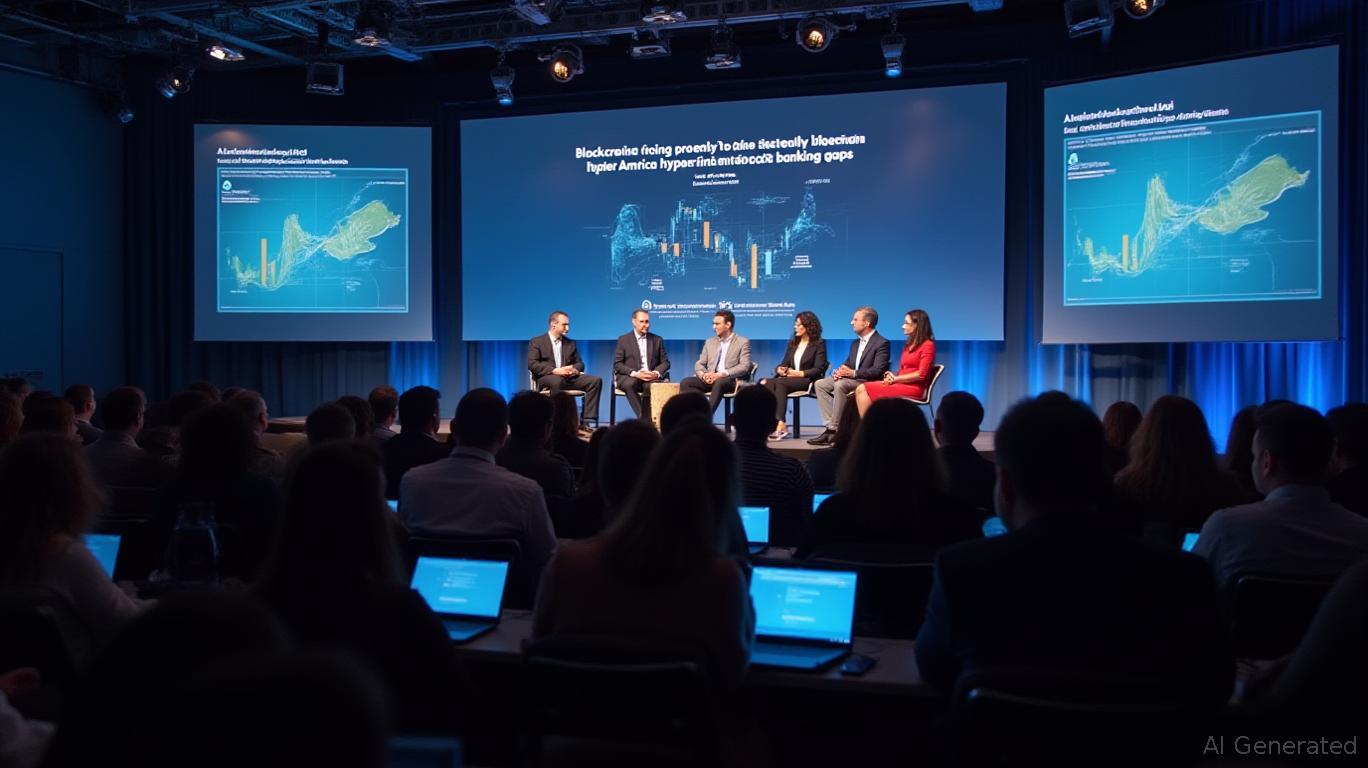U.S. and China Move Closer to Trade Ceasefire as Retaliatory Tariffs Intensify
- U.S.-China trade talks in Kuala Lumpur show progress, with both sides aiming for a preliminary agreement before Trump-Xi summit. - U.S. proposes 157% tariffs on Chinese goods over fentanyl concerns, while China imposes reciprocal port charges on U.S.-linked shipping. - Escalating tit-for-tat measures risk global shipping costs and trade routes, as tensions rise ahead of U.S. presidential elections. - Negotiations focus on de-escalation amid mutual threats, with Trump signaling openness to direct talks de
Recent talks between U.S. and Chinese trade officials have seen notable advancement, with both parties voicing hope for a preliminary deal before a possible summit between President Donald Trump and President Xi Jinping. On October 26, U.S. Trade Representative Jamieson Greer mentioned that the discussions in Kuala Lumpur are
China’s Vice Premier He Lifeng and chief negotiator Li Chenggang took part in the meetings, highlighting the importance of reducing friction as both countries increase their threats. The U.S. has announced plans for new tariffs of up to 157% on Chinese imports beginning November 1, citing worries about fentanyl trafficking and restrictions on rare earth exports. Trump has justified these tariffs as a reaction to China’s supposed involvement in sending fentanyl to the U.S. through Venezuela, but he has also indicated a willingness to resolve matters directly with Xi,

In response, China has introduced its own countermeasures. The Ministry of Transport (CMOT) revealed new port fees for ships with American connections, mirroring the U.S. Section 301 tariffs that target Chinese shipping and logistics. These fees, which will rise each year, aim to put pressure on U.S.-affiliated shipping while excluding vessels made in China. Experts point out that this move is part of a growing tit-for-tat strategy, and
The negotiations are taking place during a period of increased geopolitical strain. Trump’s five-day visit to Asia, which includes a scheduled summit in South Korea, highlights the pressing need to resolve these disputes ahead of the U.S. presidential election. Although Beijing has not yet confirmed a meeting between the leaders, officials from the White House
Disclaimer: The content of this article solely reflects the author's opinion and does not represent the platform in any capacity. This article is not intended to serve as a reference for making investment decisions.
You may also like
ETFs and Exchanges Now Hold 1.69 Million Bitcoin
REDFi's Crypto Conference Addresses Latin America's Inflation Crisis and Banking Shortages Through Blockchain Innovation
- REDFi, a Panama-based crypto platform, sponsors Blockchain Jungle 2025 in Costa Rica, focusing on bridging traditional finance and blockchain innovations. - The conference addresses Latin America's hyperinflation and banking gaps through DeFi, stablecoins, and cross-border payment solutions, targeting 6,000+ attendees from 50+ countries. - Argentina and Venezuela's reliance on dollar-backed stablecoins highlights the region's potential as a crypto hub, supported by Panama and Costa Rica's favorable regul

Hyperliquid News Today: DeFi Perpetuals Reach $1.24 Trillion While Hyperliquid, Aster, and Solana Compete for Leadership in Trading
- DeFi perpetual contracts hit $1.241T in 30-day volume (Oct 2025), driven by Hyperliquid (60% DEX share), Aster, and Solana's Percolator. - Hyperliquid dominates with $319B July volume, 35% blockchain revenue, and aggressive HYPE token buybacks absorbing 5.64% circulating supply. - Solana counters with Percolator DEX to challenge Hyperliquid, while Aster maintains $145B monthly volume despite user poaching concerns. - Market resilience seen after $20B liquidation event; DeFi perps open interest hits $16.8

ZEC Surges 21.6% in Robust 24-Hour Rally as Market Sees Widespread Gains
- ZEC surged 21.6% in 24 hours to $329.36 on Oct 26, 2025, driven by improved market sentiment and speculative positioning. - The rally reflects broader investor confidence as macroeconomic uncertainties ease and global markets stabilize. - Technical indicators suggest continued upward momentum, with moving averages aligned and RSI in a healthy range. - A backtest analyzing 15%+ daily gains aims to validate if such spikes reliably precede further gains in ZEC's price trajectory.